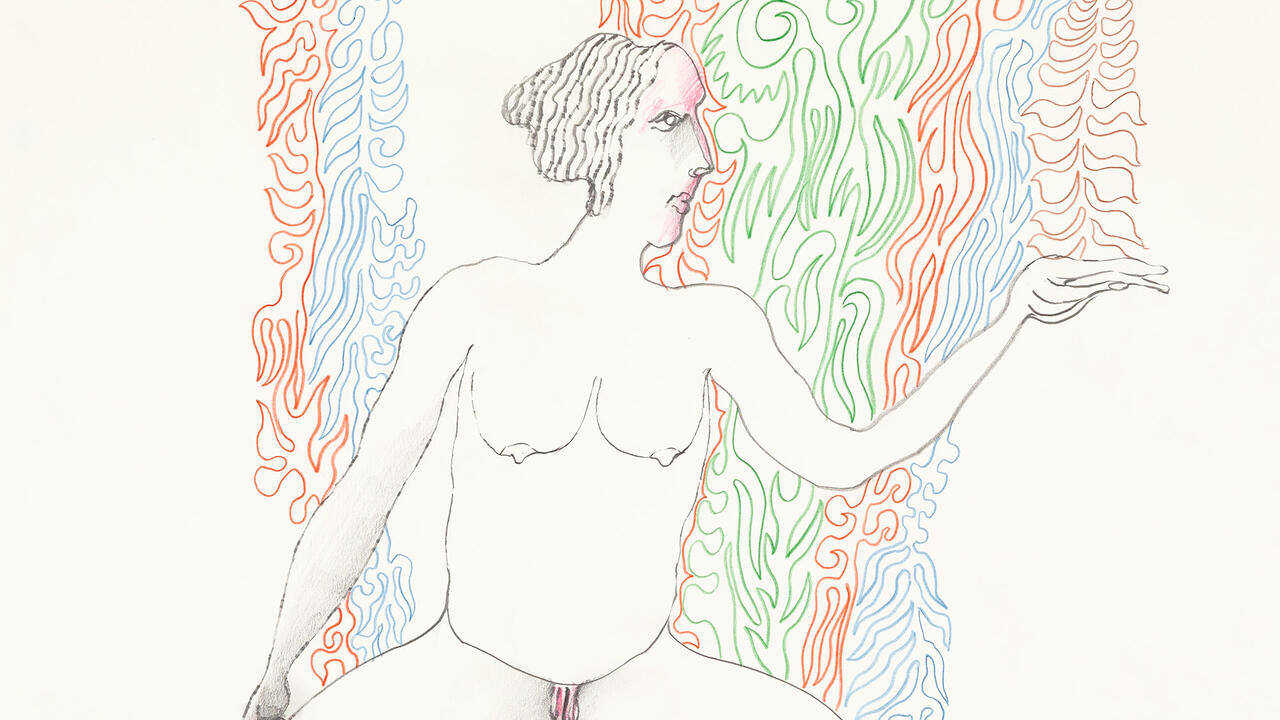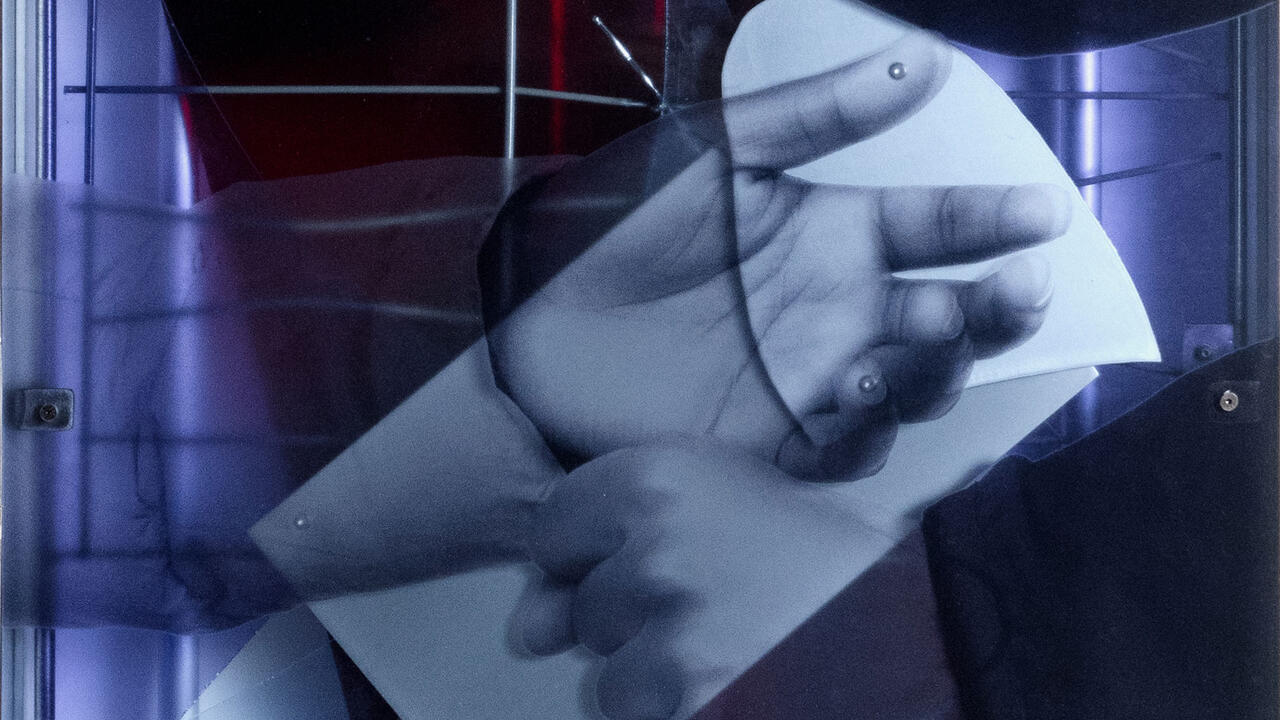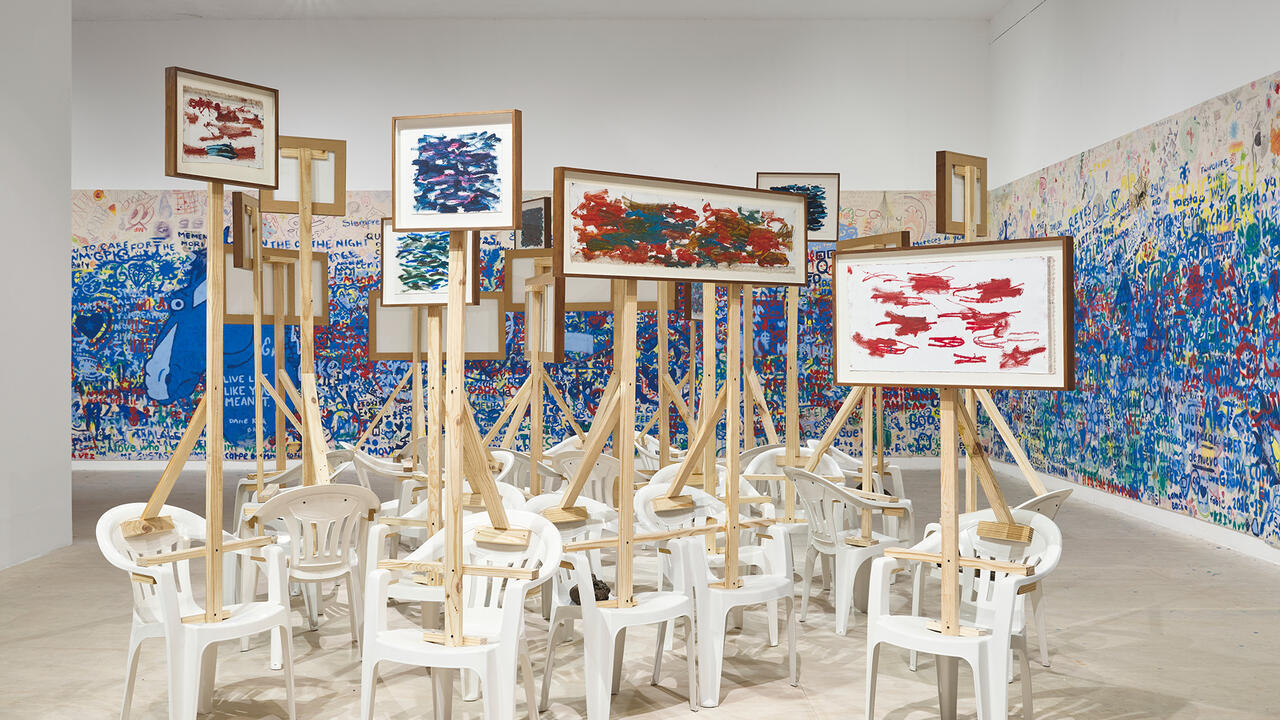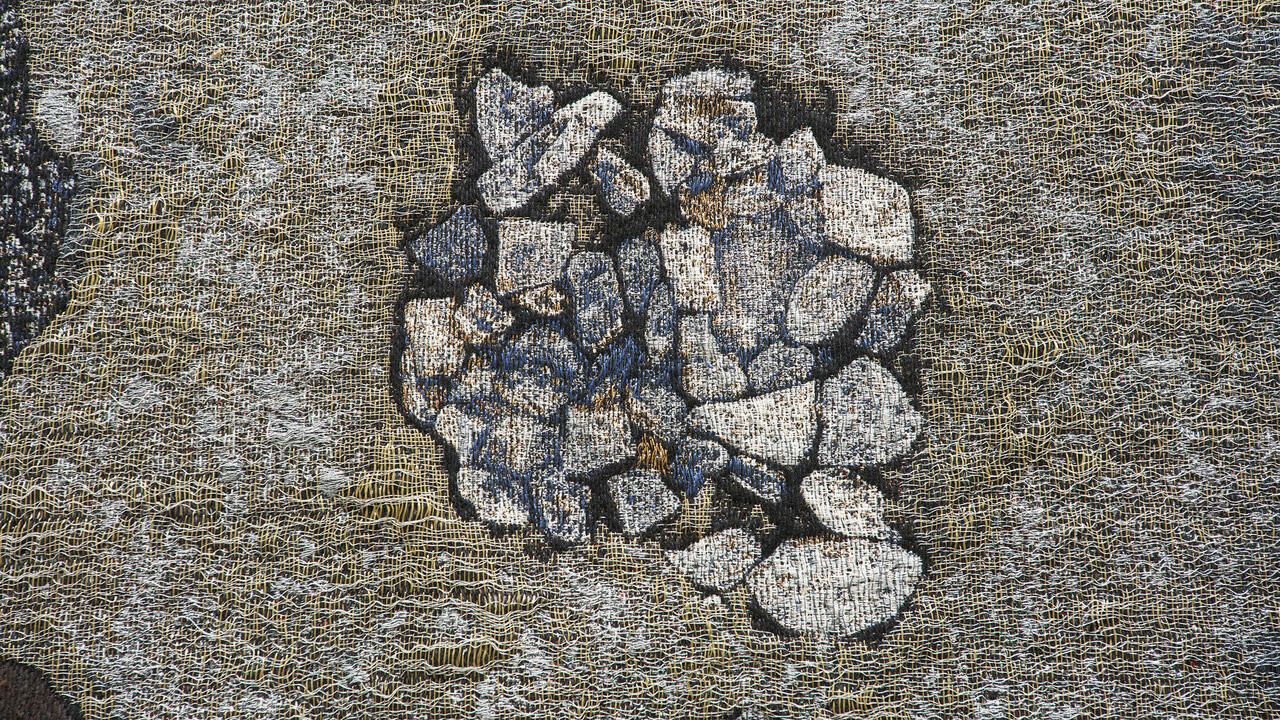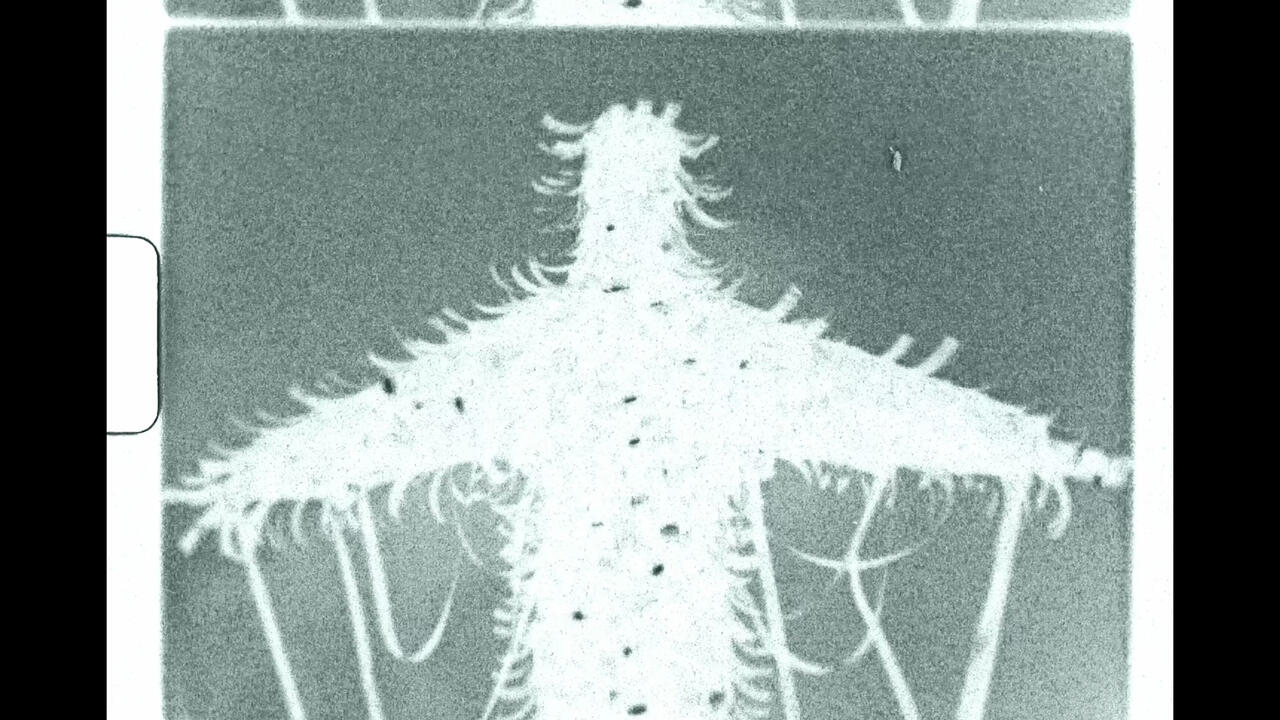Ibon Aranberri’s Abiding Instincts
At Artium Museoa, Vitoria-Gasteiz, the artist continues to unravel and reformulate a body of work produced since the 1990s
At Artium Museoa, Vitoria-Gasteiz, the artist continues to unravel and reformulate a body of work produced since the 1990s

Reviewing Ibon Aranberri’s monographic exhibition at the Fundació Antoni Tàpies in Barcelona for frieze in 2011, I related how each project appeared ‘somewhere in a process of being surveyed, transitioned, catalogued or rebuilt’. More than a decade later, at Artium Museoa in the artist’s native Basque Country, Aranberri’s abiding instinct to unravel and reformulate a body of work produced since the 1990s is the same with completely different results. The black metal structure that hosted film and image-based works at Fundació Antoni Tàpies, for instance, is here reconfigured to subdivide Artium’s largest gallery into an abstract locker room or animal stockade that forms the emptied-out nucleus of a fresh deflection of retrospective conventions (Organogramme, 2010). Legible variously as a draft for an unplugged anthology, a purposely indeterminate design maquette or a poem of punctuation, the exhibition is a wholesale revision of last year’s much larger ‘Partial View’ at the Museo Nacional Centro de Arte Reina Sofía in Madrid.

Aranberri’s practice often obliquely invokes the politics and vicissitudes of Basque cultural and natural heritage. Here, however, he appears more concerned with re-scaling propositions and laying diversions than with making statements. Printouts of page layouts from the as-yet-unpublished catalogue act as wall texts. Modulations (1998) is a sculpture reminiscent of a magazine shelf display devoid of magazines. A projector pedestal stands empty, and a screen shows no slides (Structure for Meseta Grammar, 2010). The exhibition’s evocative title, ‘Entresaka’ (‘thinning’ in the Basque language), accounts for the show’s apparent evasiveness, evoking the forestry management practice of selectively felling individual trees in order to promote overall woodland health and diversity. The artist’s most representative and extensive projects are duly cut down as if to their stumps in order that more marginal works may be afforded more light.

Hydraulic Policy (2004–10), for instance, extends to almost 100 aerial photographs of fascist-era dams, reservoirs and hydroelectric stations in Spain, presented in diverse sizes and frames. Here, however, it is pruned to the eight prints that first comprised the work, leaning against the wall in a corridor next to the museum archive; the original wooden shelf on which these images were displayed, left in storage as the work expanded, has been recuperated and mounted elsewhere in the show. Likewise, a diagonal arrangement of wooden tables filled with small abstract metal forms (Machine Is a Hand, 2016) is a modest excerpt from an extensive project originally made for the Arms Industry Museum in Eibar exploring how machinery once used to make weapons parts evolved to produce domestic items.

The forestry analogy of ‘Entresaka’ is writ largest in Untitled (Territory) (2017–24), which sees the longest wall in the exhibition covered in unassembled cardboard boxes, screen-printed with a silhouette of coniferous treetops that can be traced back to Counterplan (1996), a video omitted from this show. Alluding to a ubiquitous Basque horizon (more than half of the region is wooded), this romanticised image belies the fact that an increasing proportion of the local landscape is being replaced by industrial plantations of fast-growing, non-native species. Further works from the 1990s reappear like saplings in metaphorical clearings. Placed in a storage room alongside dozens of museum plinths, Dana (1994) adopts the shape and fake-terracotta colour of a plastic plant pot made into a solid architectural form, while the wall-mounted Oranges (1994) is a cast of a cluster of citrus fruit with the same faux-clay hue. Both works resonate with the artist’s early and ongoing fieldwork around artificial nature. Here, however, they simultaneously function like decoys, as if designed to lure us away from any discernible centre and ever deeper into Aranberri’s forest.
Ibon Aranberri’s ‘Entresaka’ is on view at Artium Museoa, Basque Country until 29 September
Main image: Ibon Aranberri, ‘Entresaka’ (detail), 2024, exhibition view. Courtesy: the Museum of Contemporary Art of the Basque Country, Artium Museoa; photography: © erredehierro













